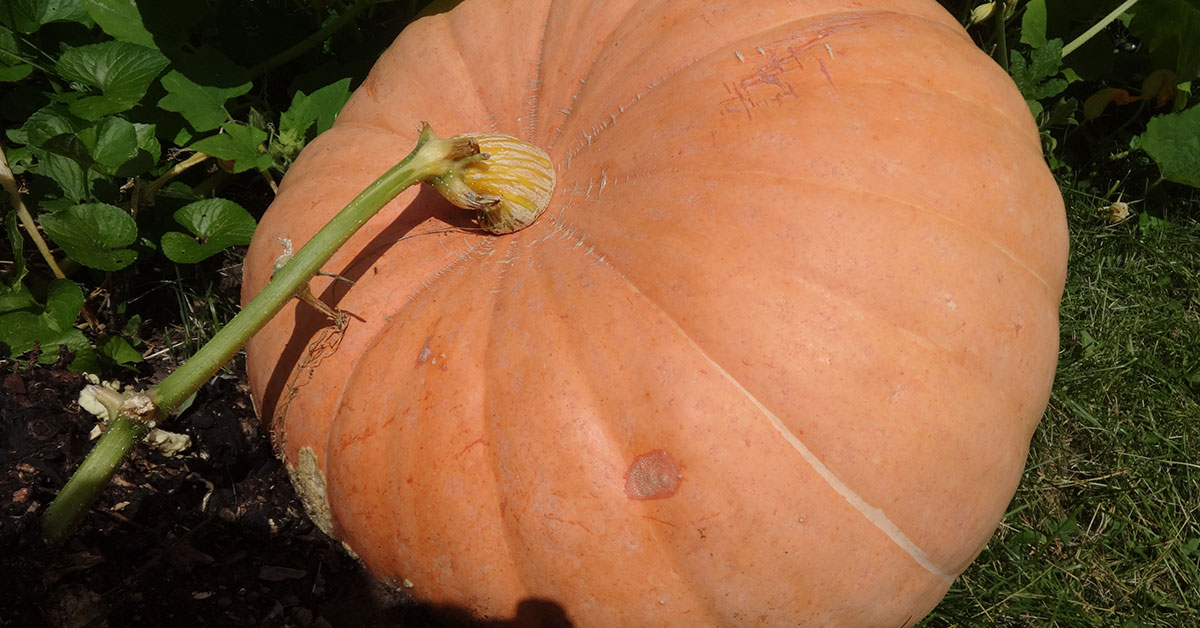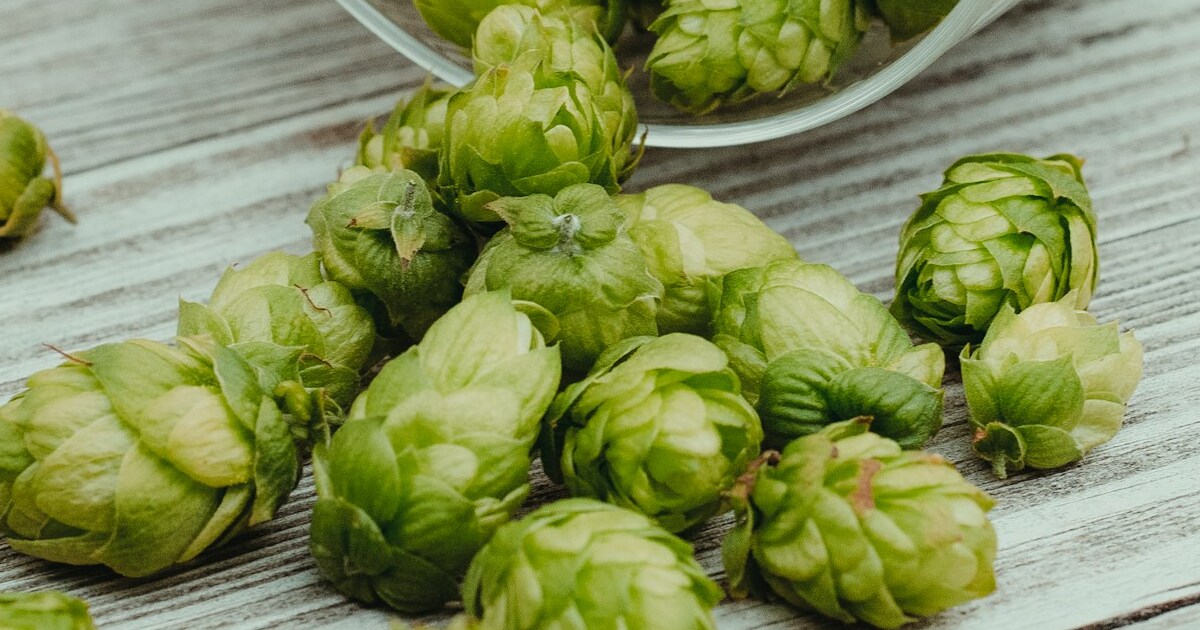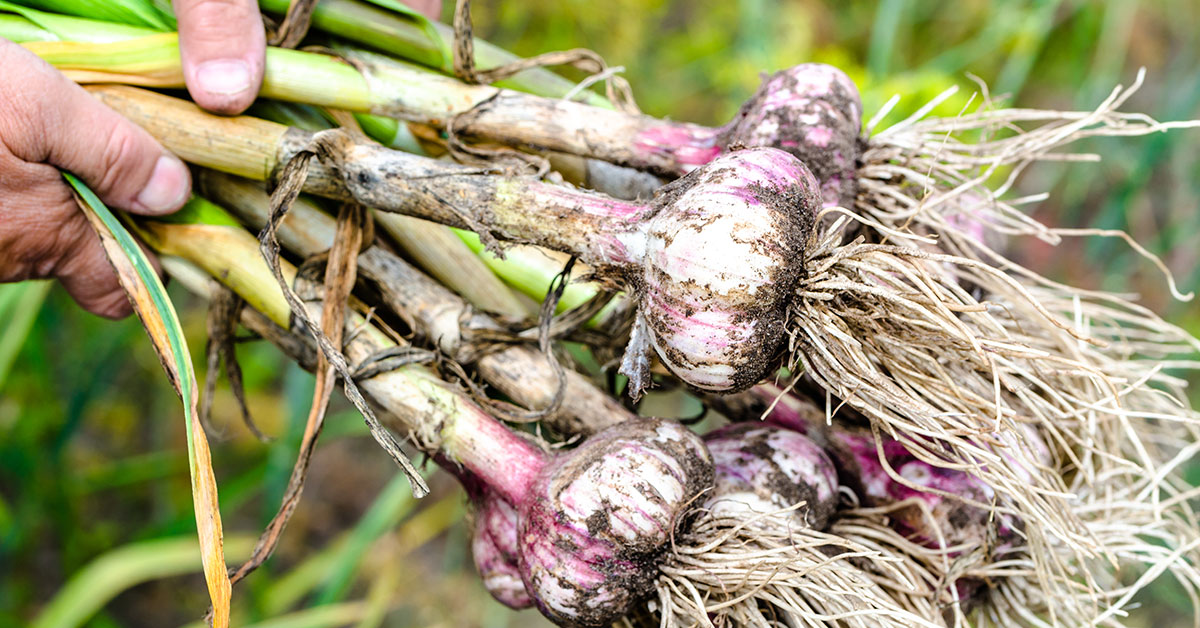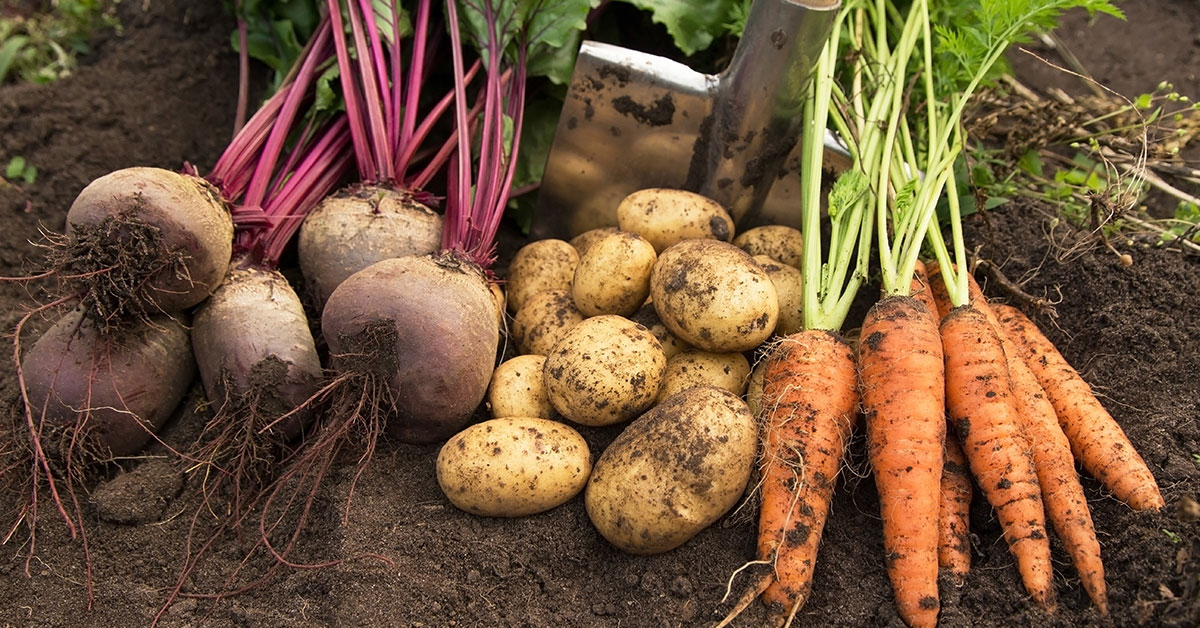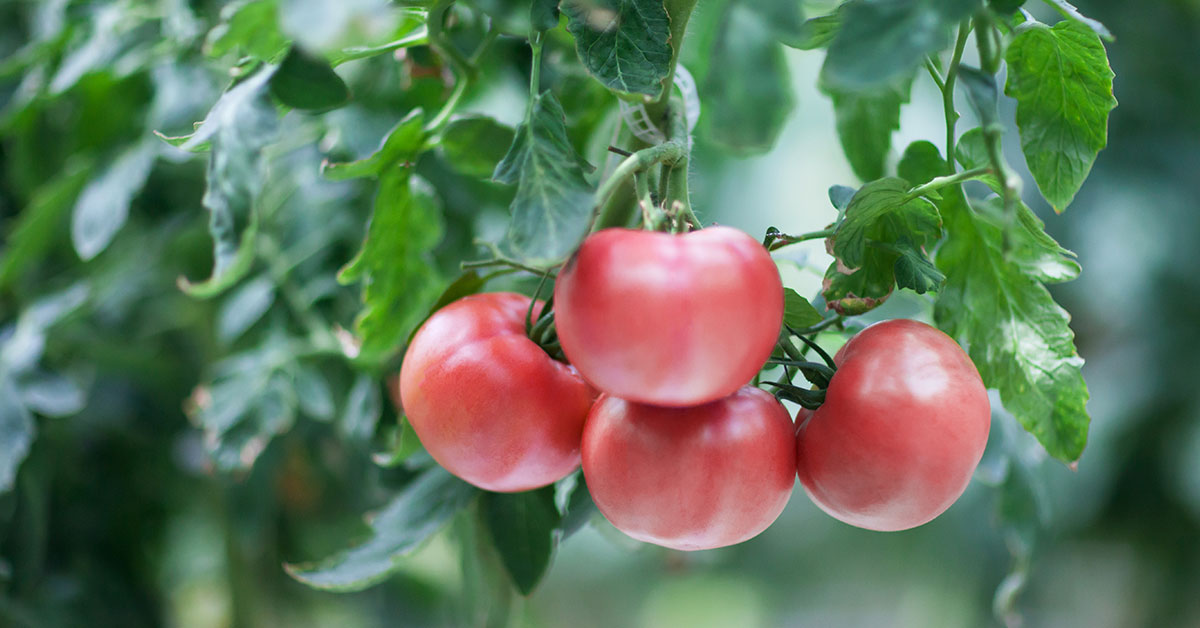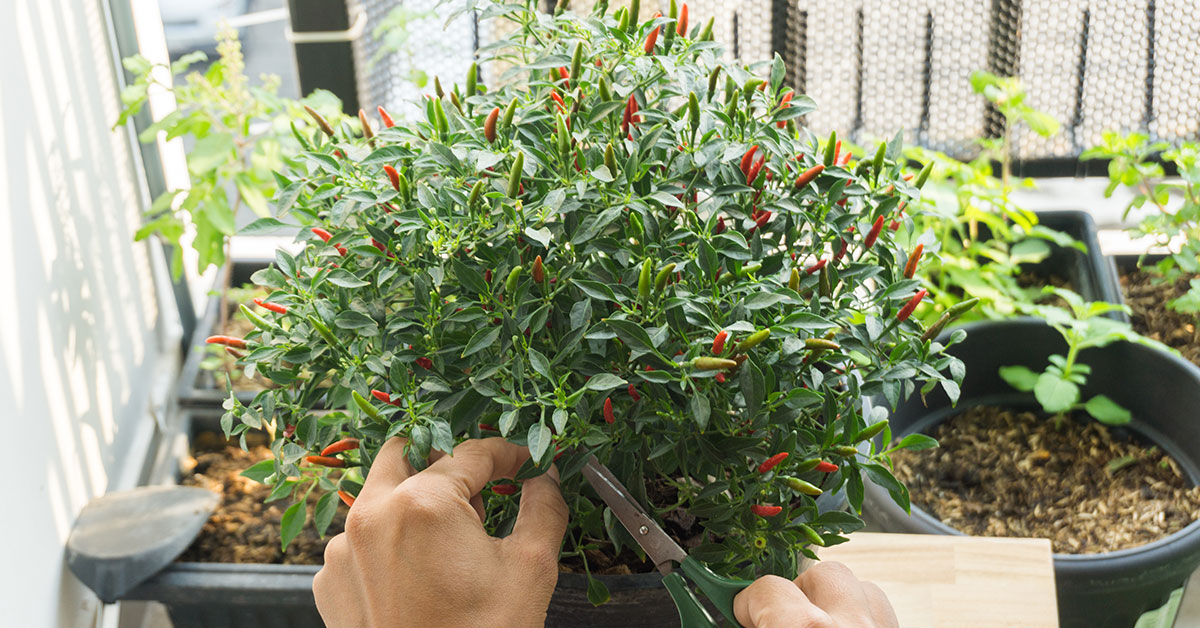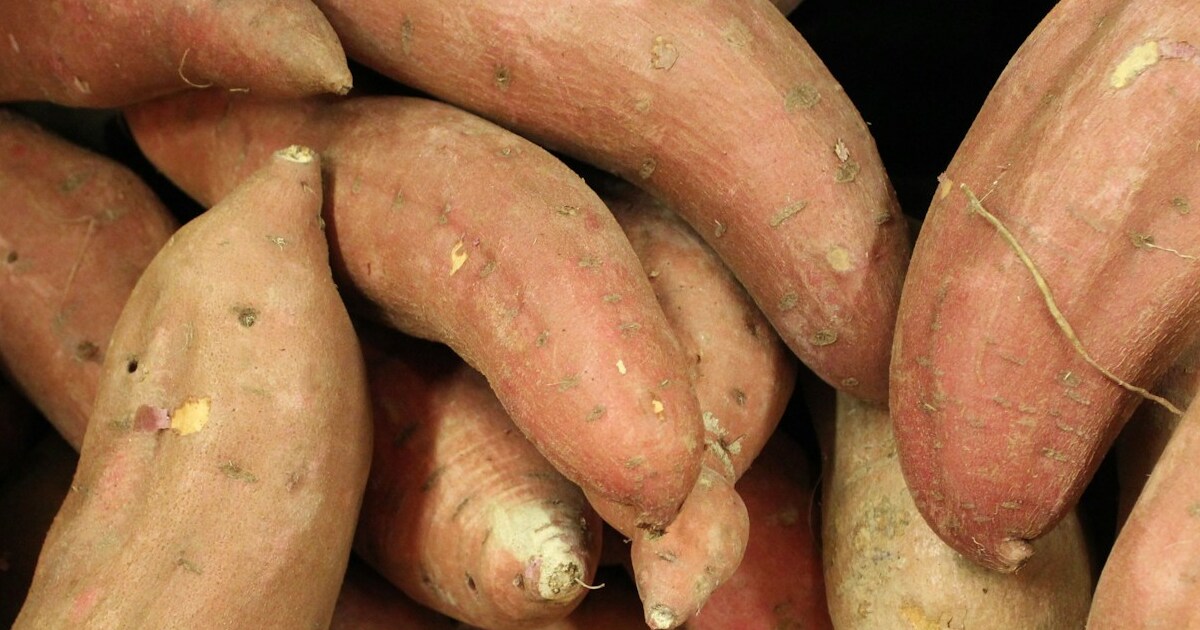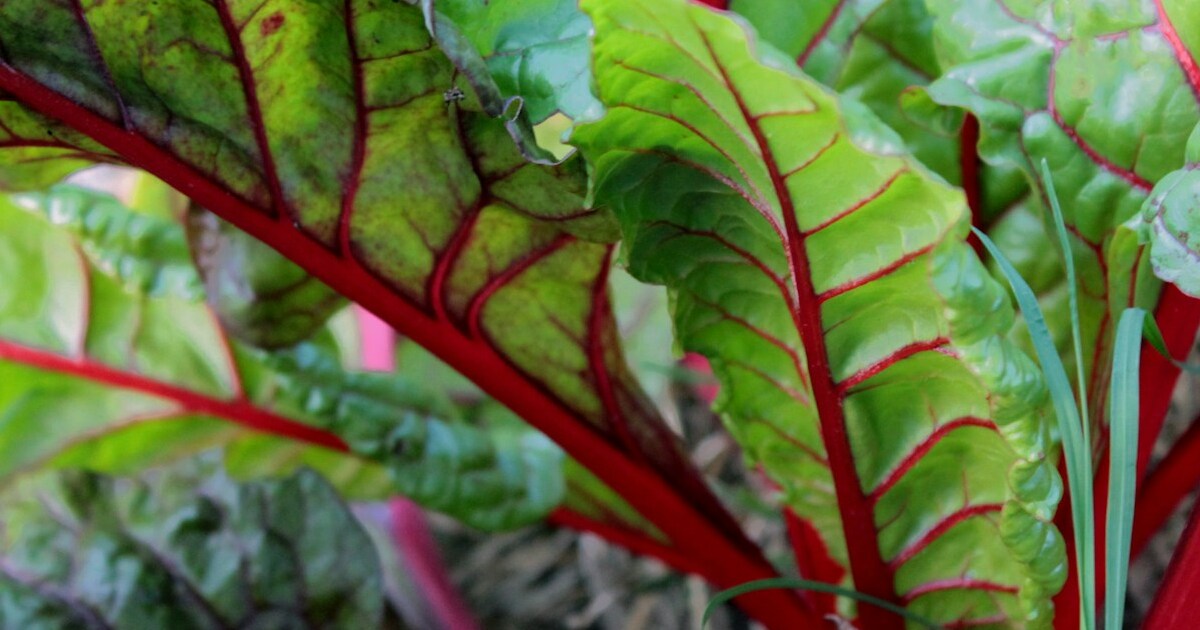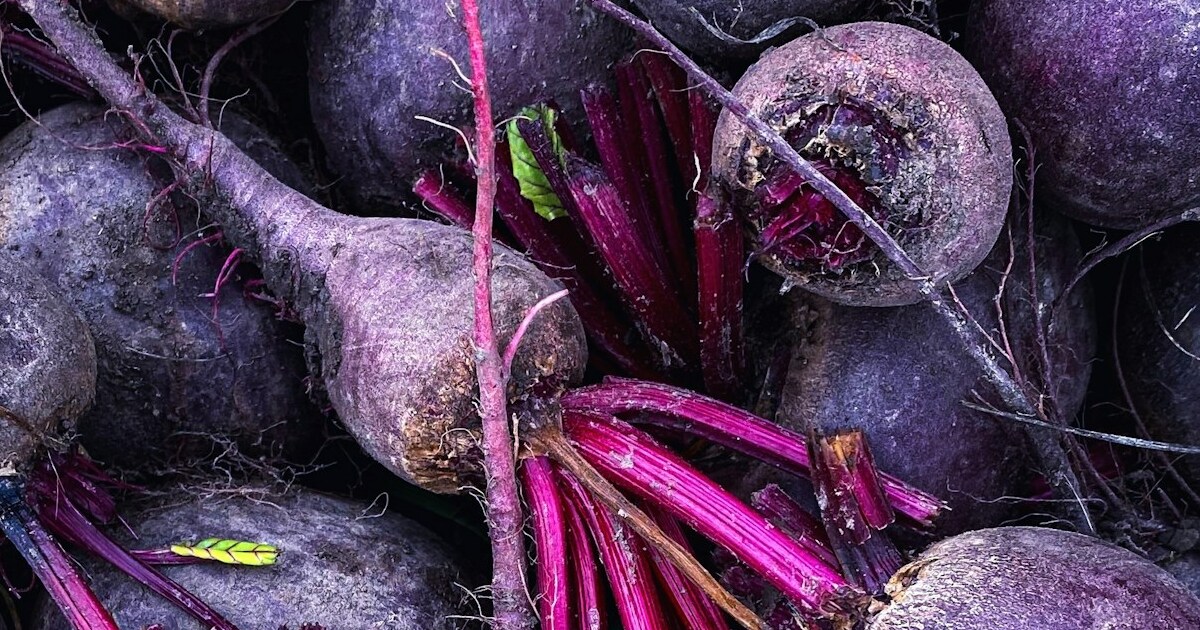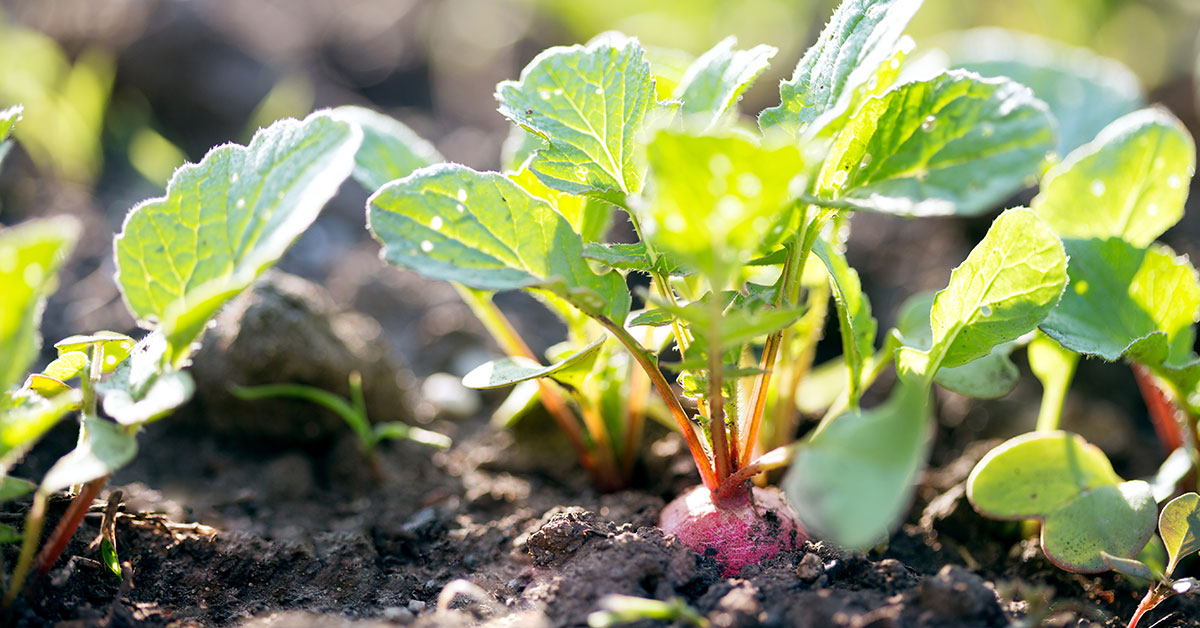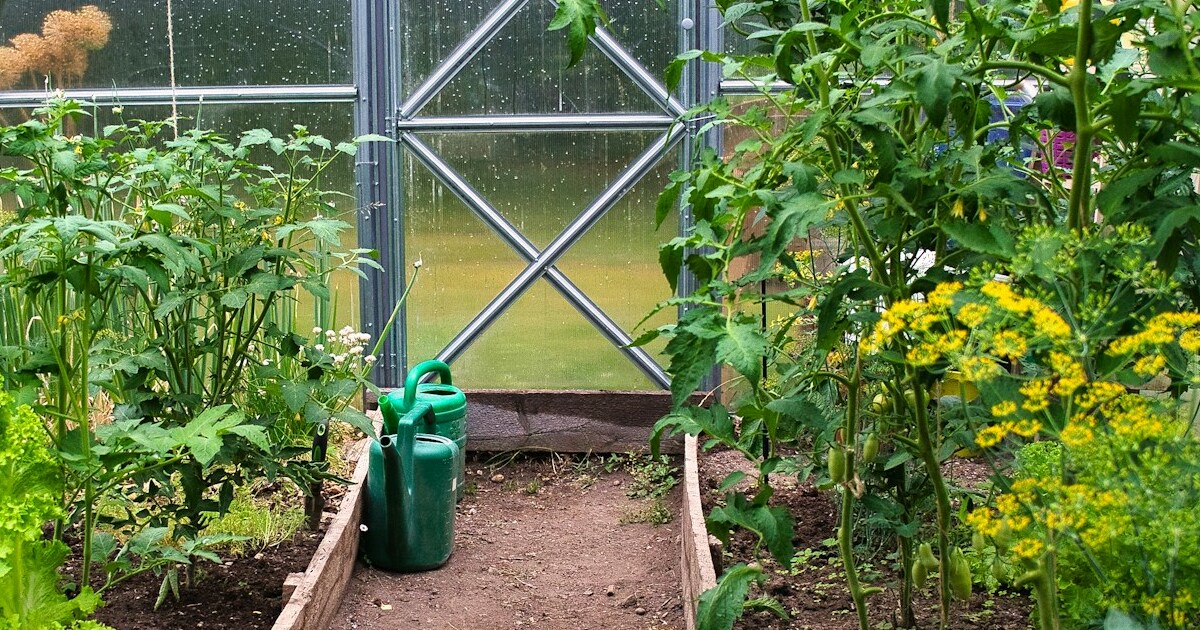The Big Max pumpkin is a huge variety of pumpkin that is known for its size and weight. It can grow up to 100 pounds or more, and is often used for competitive pumpkin-growing contests.
The Big Max pumpkin is not only impressive in size, but it also has a sweet flavor that makes it great for baking and cooking. In this blog, we will explore the history, growing process, and uses of the Big Max pumpkin.
What is a Big Max pumpkin?
A Big Max pumpkin is a type of pumpkin that is known for its large size and bright orange color. It is a hybrid variety of pumpkin that was first developed in the 1960s by a man named Howard Dill. Dill was a farmer from Nova Scotia, Canada, who was known for his expertise in growing large pumpkins.
The Big Max pumpkin is a popular variety among pumpkin growers and enthusiasts because of its enormous size. It can grow to weigh anywhere from 50 to 100 pounds, with some specimens even reaching up to 300 pounds! This makes it one of the largest varieties of pumpkin in the world.
Despite its size, the Big Max pumpkin is also known for its sweet, flavorful flesh. It is commonly used for making pies, soups, and other pumpkin-based dishes. In addition, its large size makes it a popular choice for Halloween decorations and contests.
Overall, the Big Max pumpkin is a fascinating and impressive variety that has captured the attention of pumpkin lovers around the world. Whether you’re a pumpkin grower or just a fan of all things pumpkin, the Big Max is definitely worth learning more about!
How to start Big Max pumpkin seeds
Growing pumpkins from seed is an incredibly rewarding and relatively easy gardening endeavor. With the right preparation and care, anyone can experience the joy of watching these vibrant vines produce bountiful, colorful pumpkins. Starting pumpkins from seed allows you to choose from a wide variety of shapes, sizes, and colors to suit your preferences.
Additional Resource: Our Full Guide On Starting Pumpkins From Seed
Growing & care
Caring for pumpkins is remarkably straightforward, making it an ideal choice for both novice and experienced gardeners. Once established, pumpkins require minimal maintenance.
- Transplanting: When the danger of frost has passed and the soil has warmed up, transplant the pumpkin seedlings into your prepared garden bed or large containers. Ensure they are spaced 3-5 feet apart to allow for proper growth and airflow.
- Care and Maintenance: Water your pumpkin plants deeply and regularly, aiming for about 1-2 inches of water per week. Mulch around the plants to conserve moisture and suppress weed growth. Monitor for pests and diseases, and take appropriate action if necessary.
- Pollination: Pumpkins require pollination for fruit set. Bees and other pollinators are crucial for this process. To encourage pollination, avoid using insecticides that could harm pollinators and consider hand-pollinating if necessary.
- Fertilization: As the pumpkin plants grow, provide them with regular feedings of balanced fertilizer according to the package instructions. This will help support healthy foliage growth and fruit development.
- Pruning and Training: Control the growth of your pumpkin vines by gently pruning back excessive foliage. This promotes better airflow and directs energy towards fruit production. Use trellises or supports to train the vines if desired.
- Harvesting: Harvest pumpkins when they reach their full color, have a hard rind, and the stem starts to dry out. Cut the pumpkins carefully from the vine, leaving a few inches of stem attached. Handle them gently to avoid any damage.
Common pumpkin pests and diseases
Growing pumpkins can sometimes encounter a few common problems. Here are some issues you may face and their corresponding solutions:
- Powdery Mildew: This fungal disease appears as a white, powdery coating on the leaves, causing them to wither and die. To combat powdery mildew, ensure proper spacing between plants for good air circulation. Apply fungicides as a preventive measure or use organic treatments like neem oil or a mixture of baking soda and water.
- Squash Bugs: These pests feed on the leaves, causing wilting and stunted growth. Handpick and destroy the bugs or use insecticidal soap to control their population. Placing floating row covers over young plants can prevent squash bugs from laying eggs.
- Vine Borers: The larvae of squash vine borers burrow into the stems, leading to wilting and plant death. Cut open the stem, remove the borer, and mound soil at the base of the affected plant to encourage rooting. Applying row covers early in the season can help prevent adult borers from laying eggs.
- Blossom End Rot: This physiological disorder manifests as sunken, darkened areas on the blossom end of the fruit. It is caused by calcium deficiency or inconsistent watering. Maintain consistent soil moisture levels, provide adequate calcium through organic amendments, and mulch around the plants to regulate soil moisture.
- Poor Fruit Set: Insufficient pollination can result in poor fruit development. Encourage pollinators by planting pollinator-friendly flowers nearby. In the absence of sufficient pollinators, hand-pollinate by transferring pollen from male to female flowers using a small brush or cotton swab.
- Overwatering or Root Rot: Excessive watering or poorly drained soil can lead to root rot and plant decline. Allow the soil to dry slightly between waterings, and improve drainage by amending the soil with organic matter or growing pumpkins in raised beds.
- Weeds: Weeds compete for nutrients, water, and sunlight, hampering pumpkin growth. Regularly weed around the plants to minimize competition and maintain a weed-free zone.
Remember to monitor your plants regularly, catch problems early, and apply appropriate treatments promptly. By implementing these preventive measures and taking swift action when needed, you can address common pumpkin-growing problems and enjoy a successful harvest.
When to harvest Big Max pumpkins
Big Max pumpkins are a popular choice for pumpkin enthusiasts and farmers alike. These large pumpkins can grow up to 100 pounds and are often used for competitions and carving. However, knowing when to harvest your Big Max pumpkin is crucial to ensure that it is ripe and ready for use.
The first step in determining when to harvest your Big Max pumpkin is to look at the stem. When the stem starts to dry and turn brown, it is an indication that the pumpkin is reaching maturity. Additionally, the skin of the pumpkin should be a deep, consistent color and should be hard to the touch.
Another way to check if your Big Max pumpkin is ready to harvest is to perform the fingernail test. Simply press your fingernail against the skin of the pumpkin. If your nail leaves an indentation, the pumpkin is not yet ripe. However, if the skin is hard and doesn’t give, the pumpkin is ready to be harvested.
It’s important to note that Big Max pumpkins should be harvested before the first frost. Frost can damage the skin of the pumpkin and cause it to rot. If you live in an area with a short growing season, you may need to harvest your pumpkins earlier than usual.
Once you’ve determined that your Big Max pumpkin is ready to be harvested, use a sharp knife or pruning shears to cut the stem, leaving a few inches attached to the pumpkin. Be careful not to damage the skin of the pumpkin, as this can cause it to rot.
After you’ve harvested your Big Max pumpkin, it’s important to store it properly. Store your pumpkin in a cool, dry place, such as a basement or garage. Make sure to keep it out of direct sunlight and away from moisture.
Uses for Big Max pumpkins
Big Max pumpkins are a popular variety of pumpkin that are known for their large size and sweet flavor. They are typically used for a variety of culinary purposes, including baking, roasting, and pureeing.
One of the most common uses for Big Max pumpkins is making pumpkin pie. The sweet, smooth flesh of the pumpkin is perfect for creating a rich and flavorful pie filling that is a favorite during the fall months. In addition to pumpkin pie, Big Max pumpkins can also be used in a variety of other baked goods, such as muffins, breads, and cakes.
Roasting is another popular way to use Big Max pumpkins. When roasted, the flesh of the pumpkin becomes tender and caramelized, making it a delicious addition to salads, soups, and stews. Roasted pumpkin can also be used as a side dish or served as a vegetarian main course.
Finally, Big Max pumpkins can be pureed and used in a variety of recipes, including soups, sauces, and dips. The puree can also be used as a substitute for canned pumpkin in recipes, providing a fresh and flavorful alternative.


